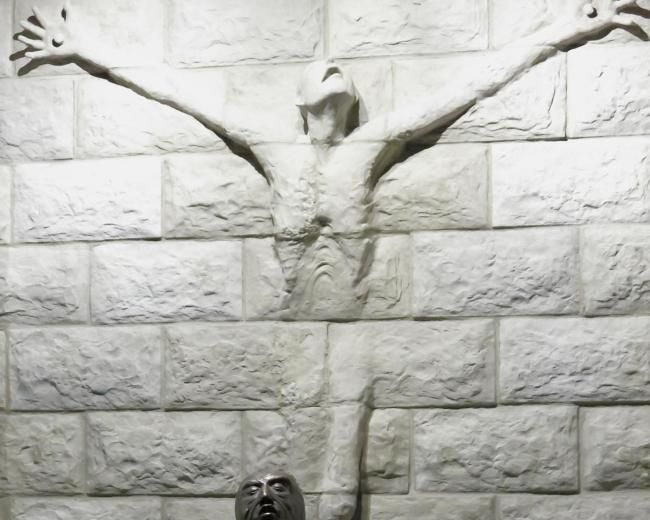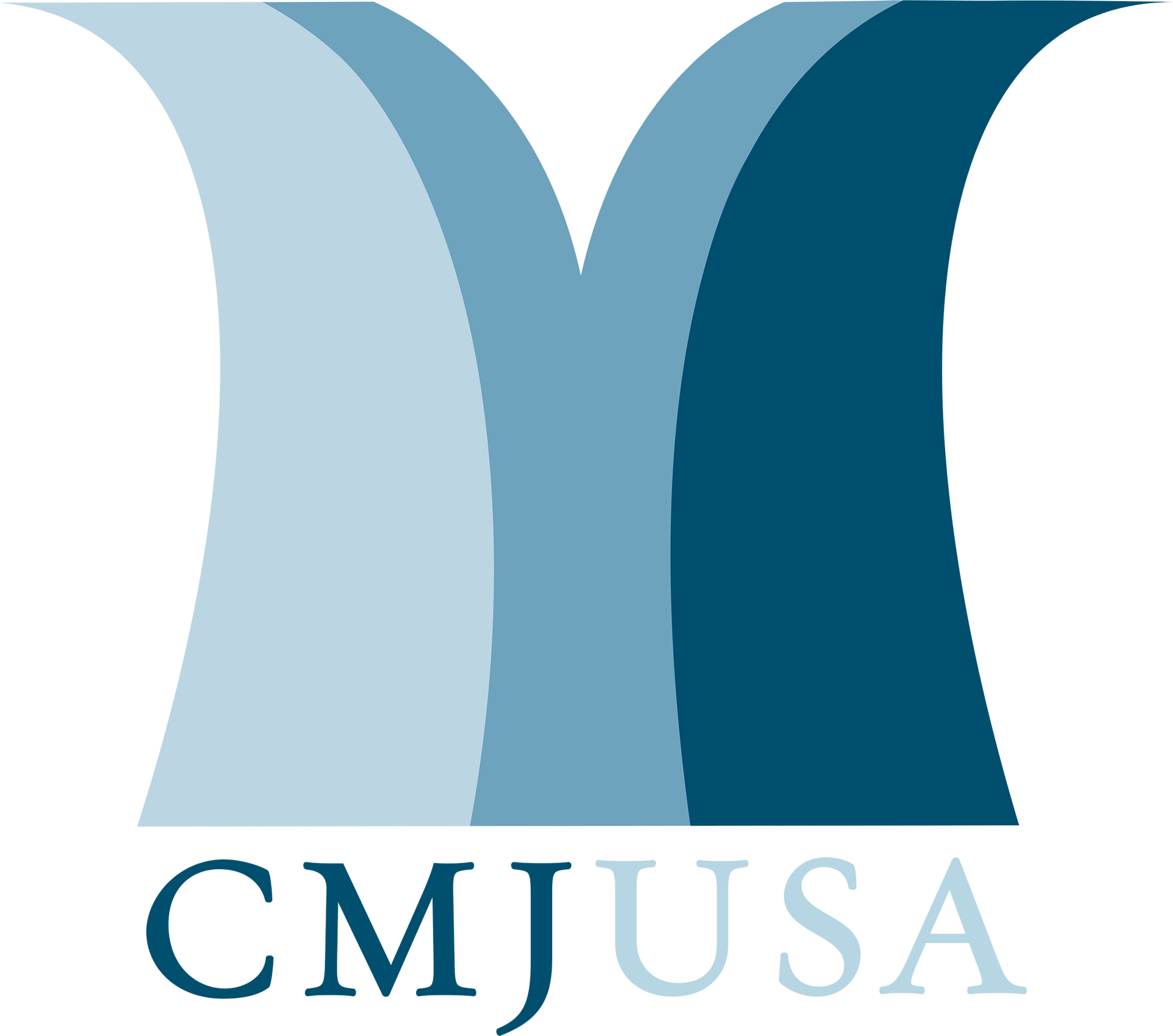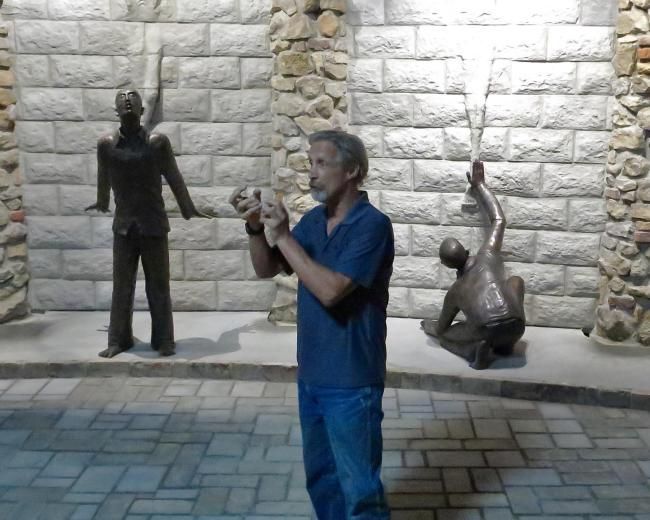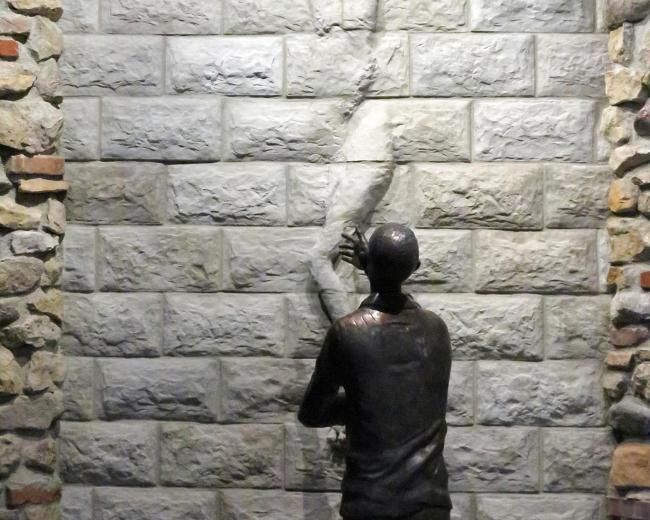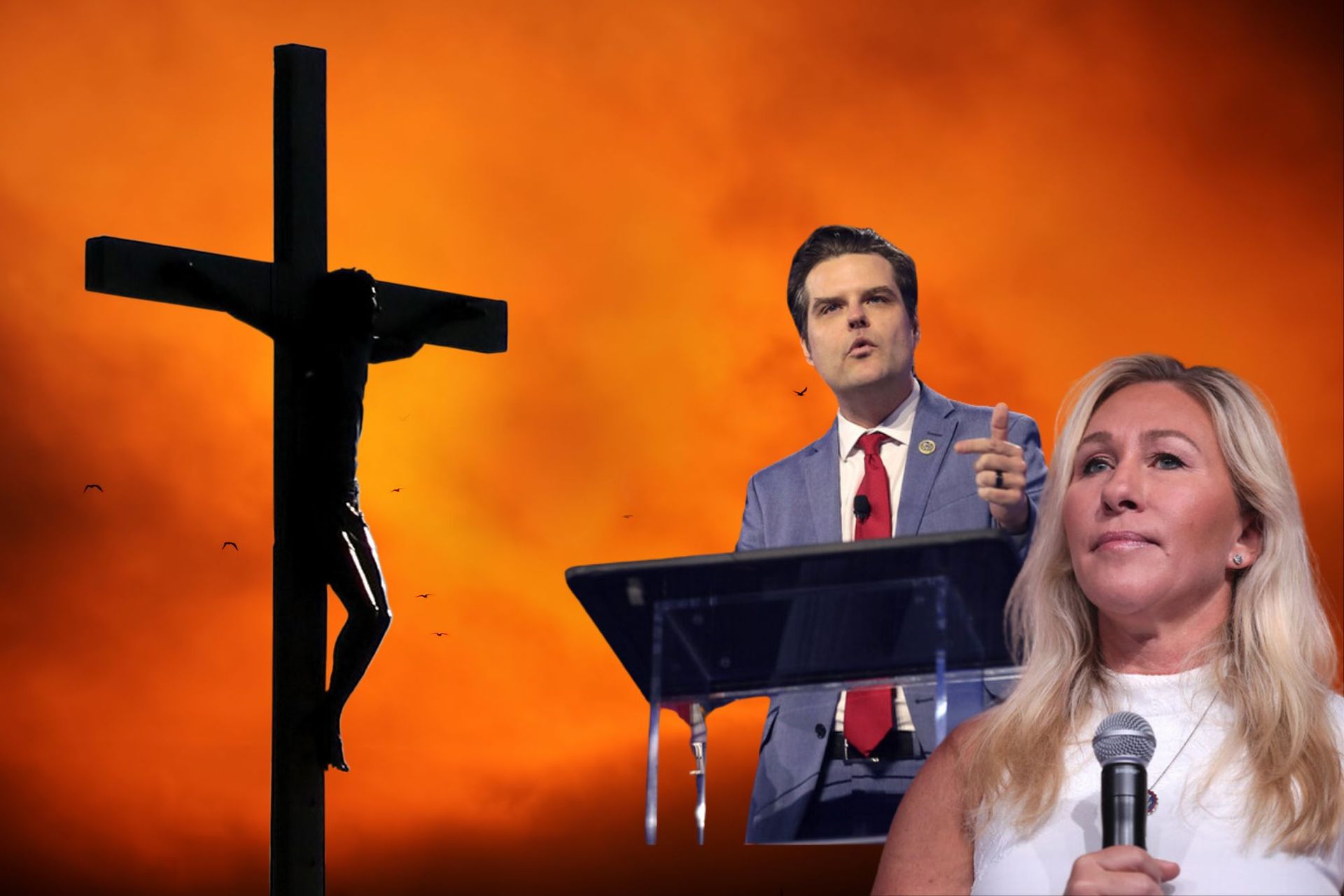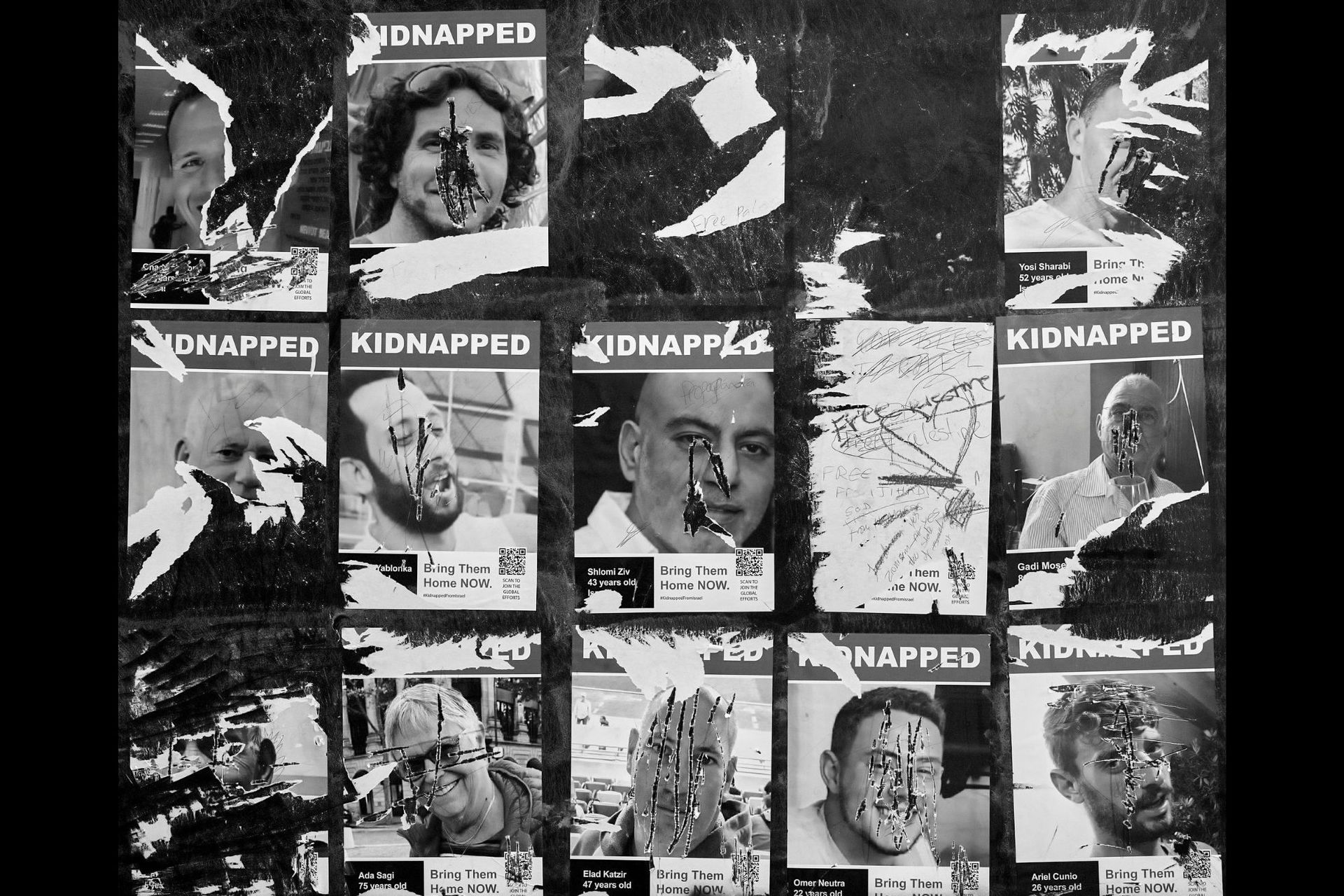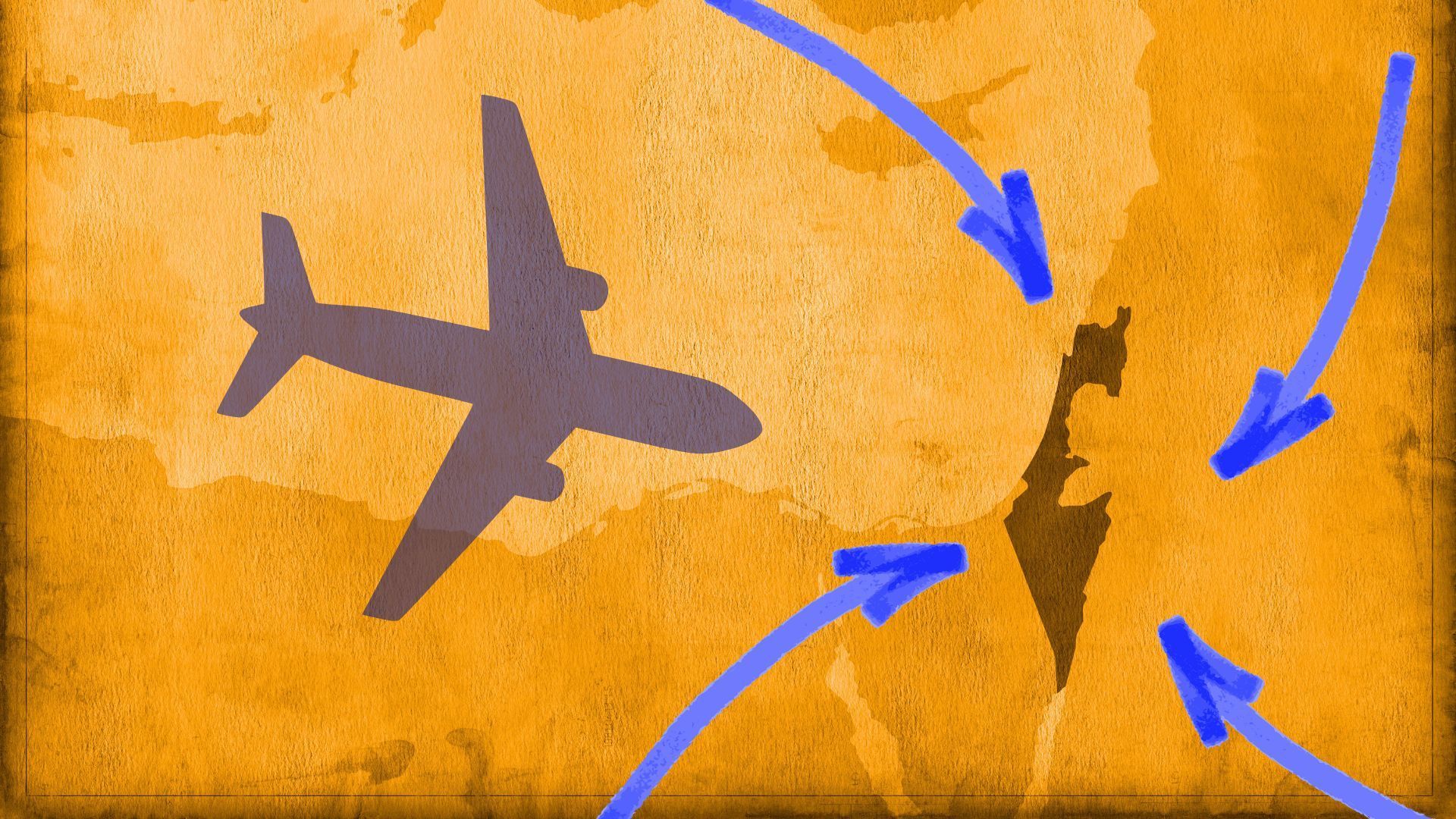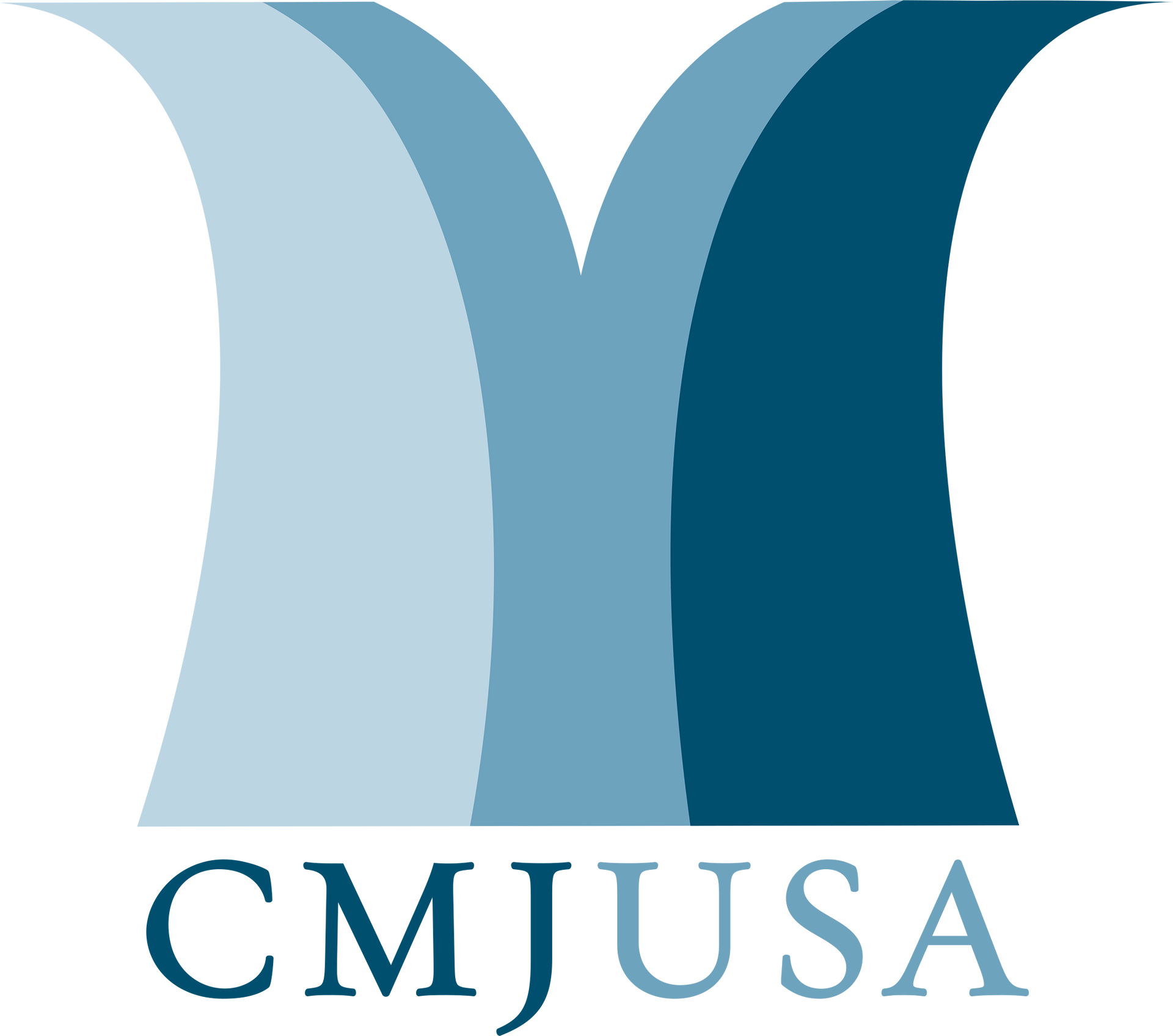By Rick Wienecke
In 2001, I had a number of encounters with the Lord in which he was showing me that he was going to restore to the Jewish people all that had been taken from them as a result of the Holocaust. I was to create a memorial to the six million Jews who had perished that would be interwoven with the seven last utterances of Jesus from the crucifixion. All the tears and emotions of this scared me, but at the same time, pulled and intrigued me. After much struggle, I began a creative response.
For all the years that
Dafna
and
I have
given into sculpting the
Fountain of Tears
,
we have realized that there is a genuine dialogue of suffering between the Holocaust and the
Crucifixion. This
dialogue is between two personalities
; it is
not a dialogue of religious symbolism.
There are s
even panels of crucifixion
,
but no cross shown.
Why no cross?
By Rick Wienecke
In 2001, I had a number of encounters with the Lord in which he was showing me that he was going to restore to the Jewish people all that had been taken from them as a result of the Holocaust. I was to create a memorial to the six million Jews who had perished that would be interwoven with the seven last utterances of Jesus from the crucifixion. All the tears and emotions of this scared me, but at the same time, pulled and intrigued me. After much struggle, I began a creative response.
For all the years that Dafna and I have given into sculpting the Fountain of Tears , we have realized that there is a genuine dialogue of suffering between the Holocaust and the Crucifixion. This dialogue is between two personalities ; it is not a dialogue of religious symbolism. There are s even panels of crucifixion , but no cross shown. Why no cross?
